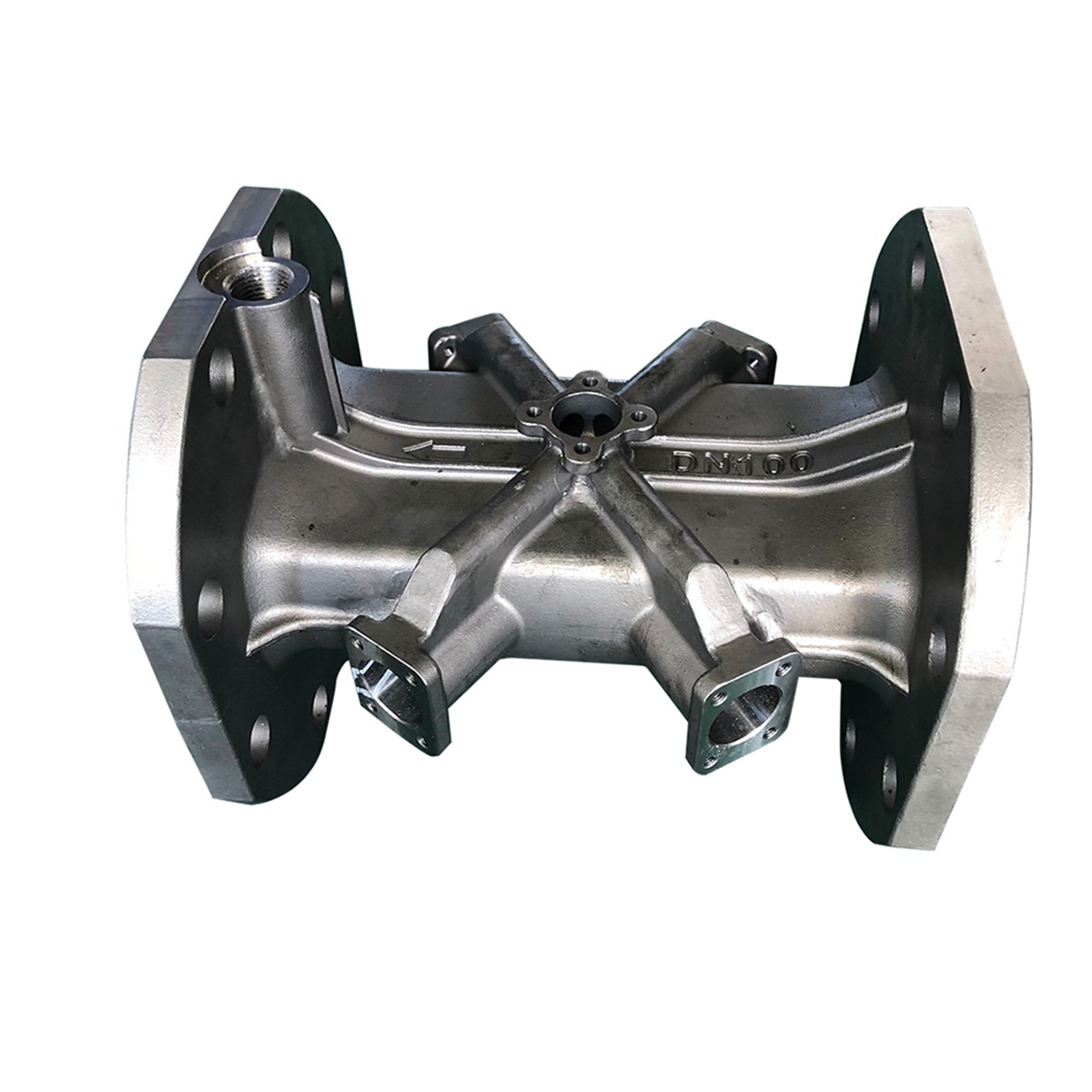
VCI bags are effective for preventing rust. They utilize Volatile Corrosion Inhibitor (VCI) technology to protect metals during storage or transport. When used correctly, they can provide protection for up to 2 years.
Here is a quick guide to the correct usage of VCI bags:
| Step | Key Action | Important Tips |
| 1. Preparation | Ensure the metal is clean and dry. | Remove all contaminants like moisture, dust, or sweat. For oily surfaces, confirm the oil is free of sulfur (S) or chlorine (Cl). |
| 2. Handling | Wear clean gloves. | Never touch the metal items with bare hands to avoid corrosive sweat marks. |
| 3. Packaging | Seal the bag completely. | Ensure the bag is airtight to maintain the protective VCI gas concentration. |
| 4. Storage | Keep in a cool, dry place. | Avoid direct sunlight, heat sources (over 40°C / 104°F), and highly humid environments (over 75% RH). |
⚠️ Important Reminders
Inspect the Bag: Before use, check that the bag is not damaged. If you accidentally puncture it, seal the tear immediately with industrial tape.
Check Expiry Date: VCI bags typically have a shelf life of 12 months from the date of manufacture if stored in their original, unopened packaging.
Dispose Responsibly: While many VCI bags are recyclable, contaminated ones should be disposed of according to local regulations, often via incineration.
By following these simple steps, you can reliably use VCI bags to protect your metal tools, parts, or components from corrosion.




